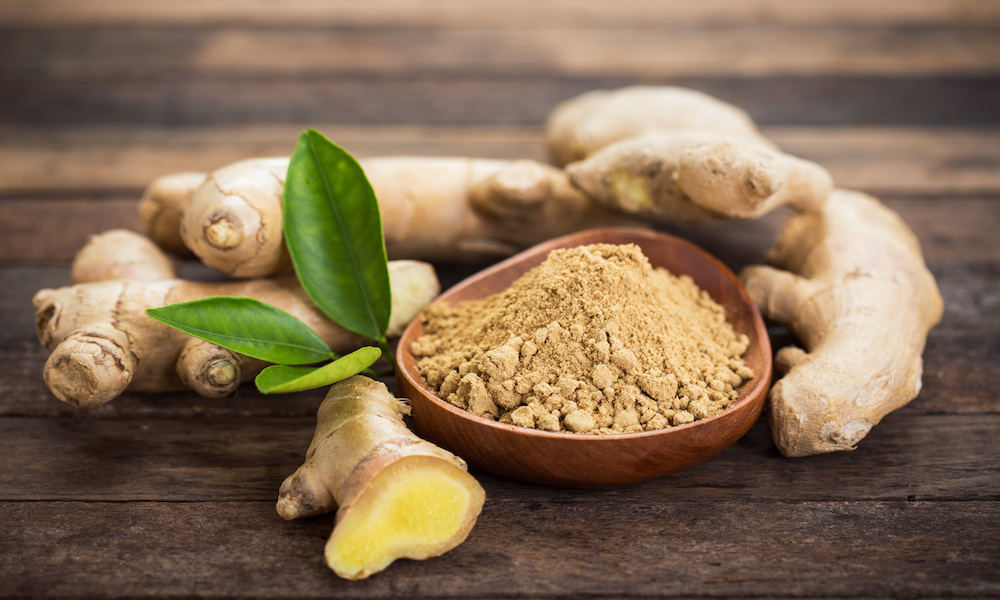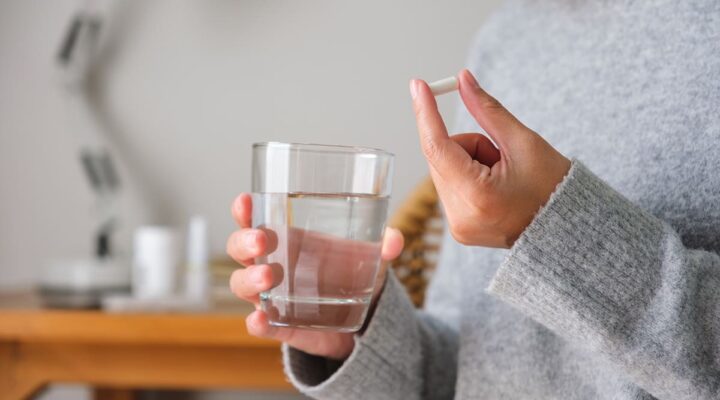10 Flavoursome Spices Every Home Cook Should Have in Their Cupboard
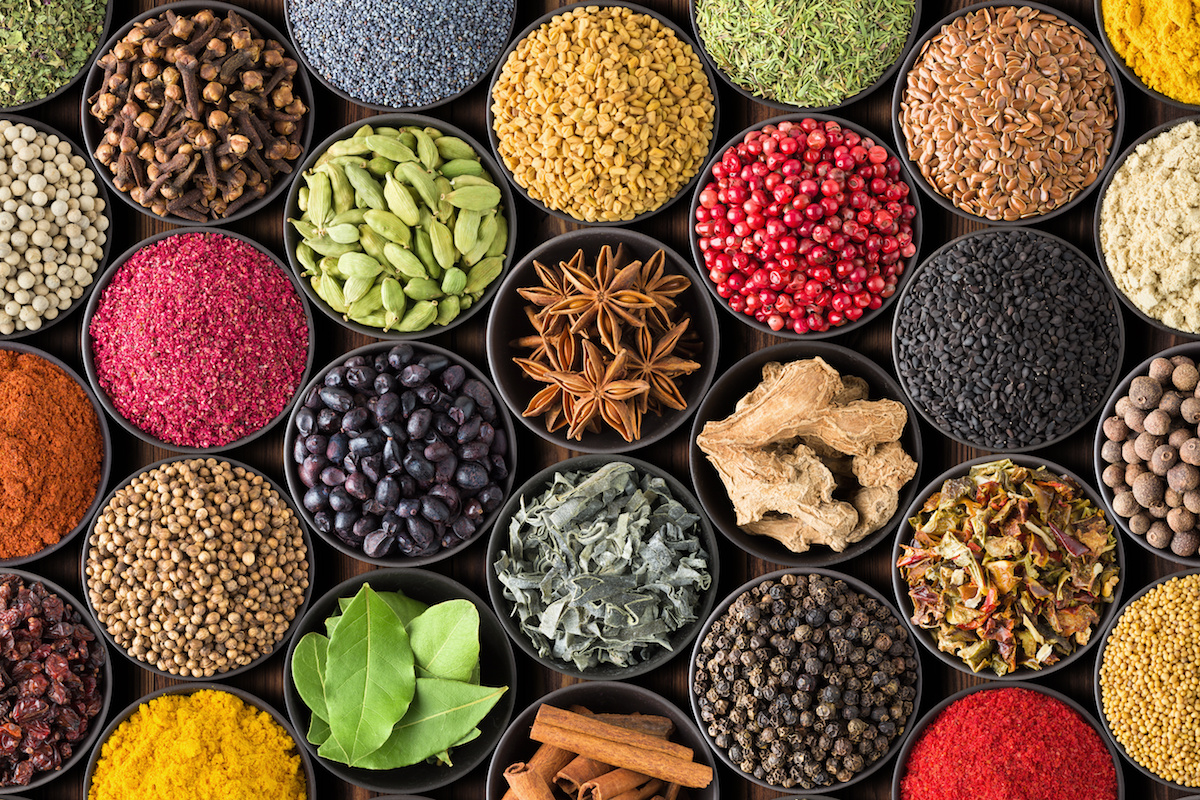
All the extra time we’ve spent stuck indoors recently has allowed home cooks the world over to flourish; whether that’s with a simple banana bread or a Michelin-star ready tomato tartare.
Chef Jason Atherton recently revealed to Form that two of his top tips for home cooking were to keep things simple and to rely on fresh and seasonal ingredients.
And Mira Manek, author of bestselling cookbook Saffron Soul and the owner of Chai by Mira in Soho’s Kingly Court, would argue for a third to be added to this list of home cooking commandments – get yourself an arsenal of spices ready to go.
“My whole philosophy is centred around using spices in absolutely everything,” says Manek, “for flavour, but more essentially for digestion. There is a reason for every spice, flavour, and colour. When some of these seeds like cumin seeds are boiled in water and sipped on they further aid with digestion, flatulence, bloating, immunity, and even acidity. Lastly, all these spices add a beautiful and warming depth of colour.”
So if you’re looking to take your creations to the next level or just want to make use of those spicy therapeutic powers, then here’s Manek and her list of the top 10 spices every home cook should have in their kitchen.
The Best Spices To Have In Your Kitchen
Cumin Seeds (Jeera)
These warming seeds are an essential component of curries and daals but are also great to add when roasting vegetables or stir-frying anything. They pair well with mustard seeds and together they make the base of most curries and daals.
I will also boil a small teaspoon or less of these seeds in 1-2 litres of water every morning, let it cool and then drink this instead of normal drinking water all day. Optional additions to this cleansing water (which I write about in both my books Saffron Soul and Prajna: Ayurvedic Rituals For Happiness) are a sprinkle of ajwain or carom seeds, fennel seeds and coriander seeds. You can mix up the cleansing waters every day if you like.
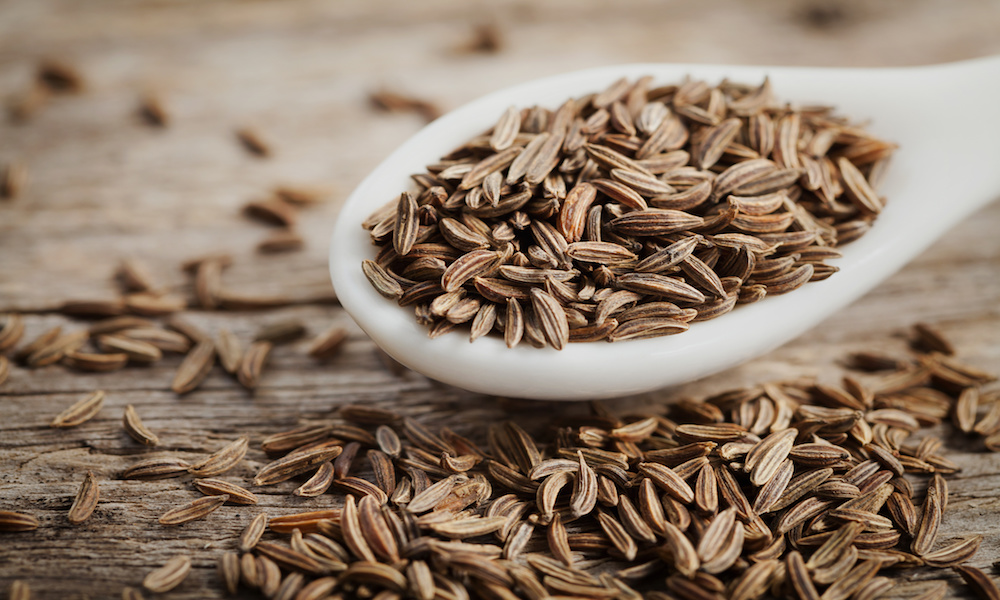
Mustard Seeds (Rai)
Another real essential when it comes to Indian cooking, mustard seeds form the base of curries and daals. Always fry them in a little oil until they start popping – only then will they release flavour and colour. We usually mix some fenugreek seeds (at a ratio of around four mustard seeds to one fenugreek seed) into the mustard seeds pot as they can always be used together.
Fenugreek (Methi)
A few fenugreek seeds added to the base of any dish can add a little crunch and depth, but more importantly, they help to control blood sugar levels and cholesterol. In fact, soaking a quarter teaspoon of fenugreek seeds in water overnight and drinking this water in the morning as well as chewing the softened seeds is said to help lower your blood sugar levels.
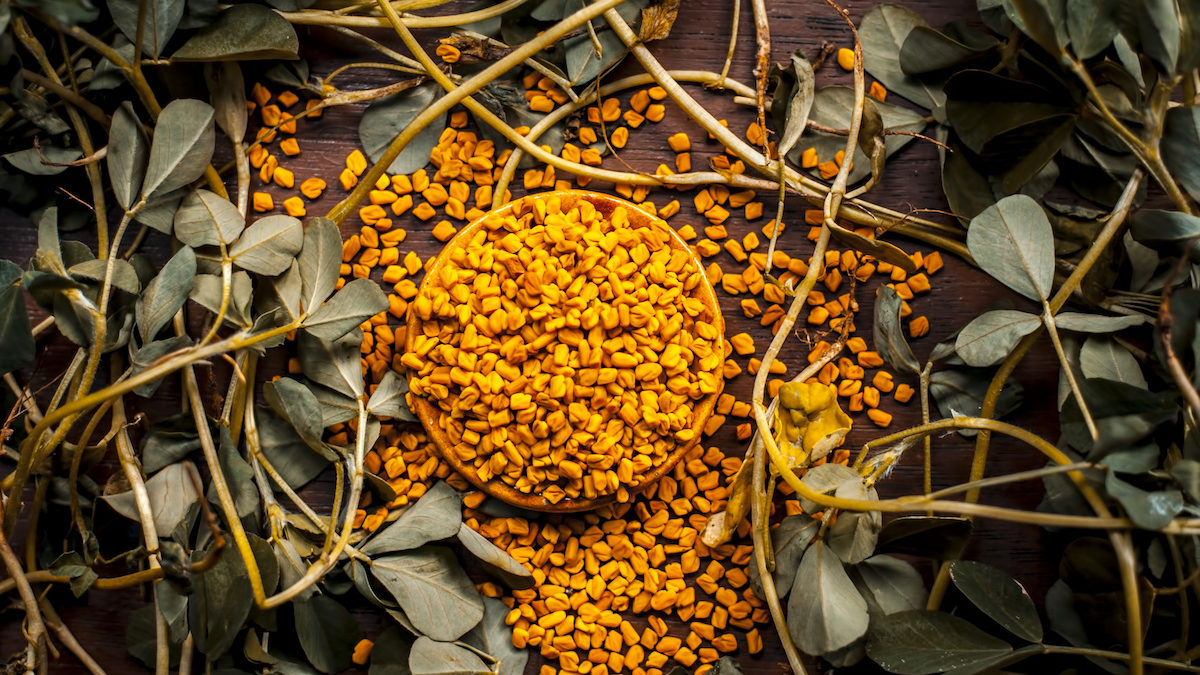
Turmeric (Haldi)
Turmeric gives curry its yellow colour, and with its anti-inflammatory and antioxidant properties, it really is a wonder spice. When cooking, you do need to use it sparingly as too much will overpower the flavour of the dish.
However, if drinking turmeric milk, you can certainly add more of the turmeric powder along with a pinch of black pepper as the pepper increases your body’s ability to absorb the curcumin, the active component in turmeric that makes it so beneficial.
Coriander Powder (Dhania) And Cumin Powder (Aeera)
These are two spices but they are usually paired together so I’ve included them as one. Mix the two in one pot in the proportion of 3 parts coriander powder to 1 part cumin powder, just as they are almost always used together in curries. A heaped teaspoon of this mix is added to most curries once the vegetable, bean or whatever it is you’re cooking, has been stirred, just at the same time as when the turmeric powder is added.
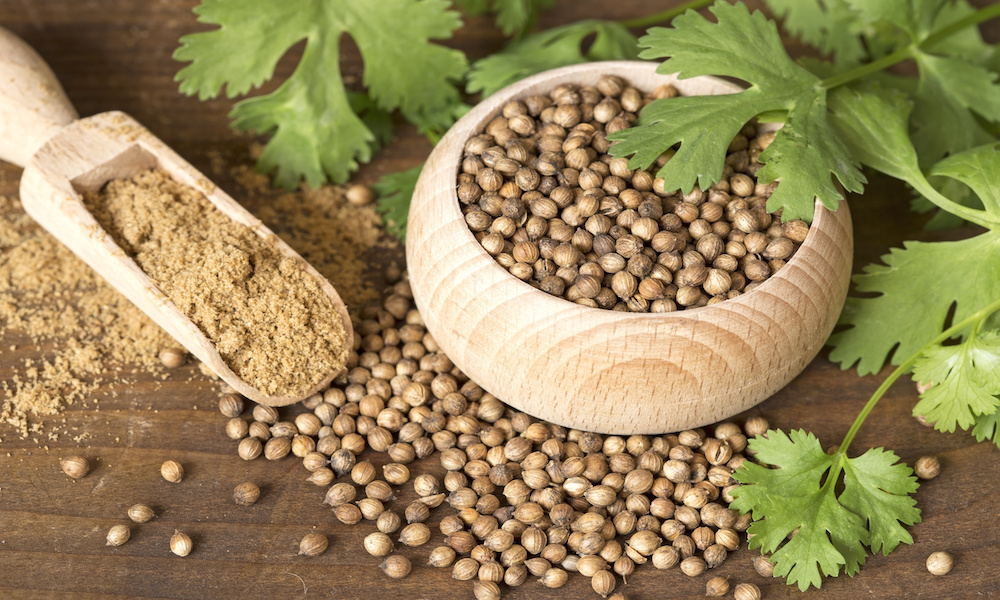
Asafoetida (Hing)
A fine yellow powder that has a super strong, pungent smell (so you always want to keep this closed in its own small jar). Using a pinch – you really don’t need much at all – in curries or daals, especially when using lentils and beans, reduces the bloating effects that pulses sometimes have.
Cinnamon (Dalchini Or Taj)
A staple for any cuisine. I love this in porridge, desserts, hot water, hot milk, when baking or stirred into my yoghurt. Anything and everything.
I mostly use it in sweet dishes, but small cinnamon sticks are often added into the vaghar or tadka (spice base) of a Gujarati daal along with other Indian dishes.
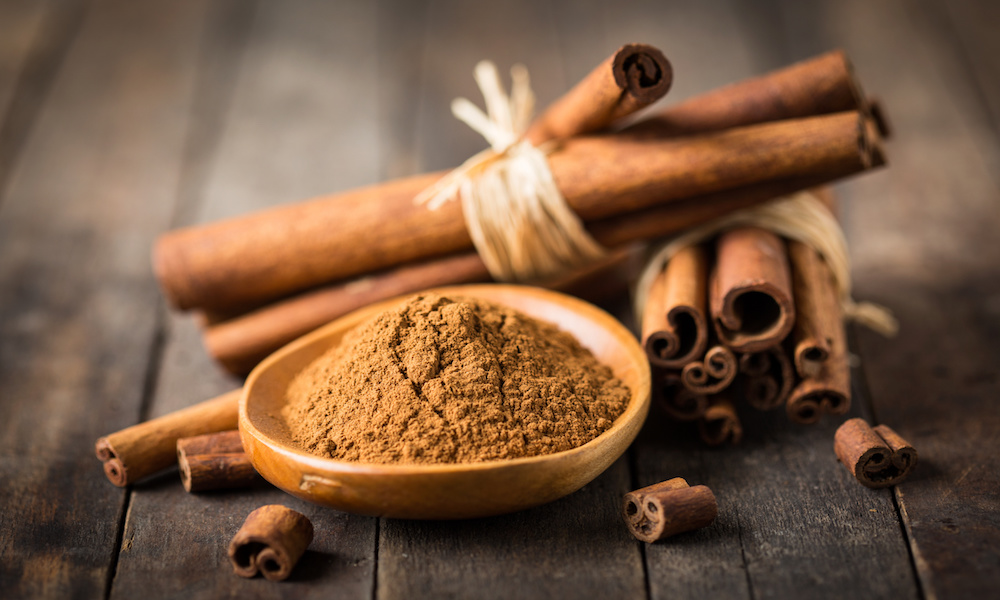
Cardamom (Elaichi)
Ground cardamom is used in many desserts and is one of the essential ingredients along with ginger in making chai. Cardamom contains phytochemicals that have anti-inflammatory and antibacterial properties, but it is also said to aid liver health.
One of my favourite and simplest of desserts is a little cardamom and a pinch of saffron stirred into a thick strained yoghurt with honey called Shrikhand.
Garam Masala
A ready garam masala – a warming deliciously-aromatic-yet-not-spicy blend of spices – is a great staple to add flavour to anything, especially when roasting vegetables like sweet potatoes. Definitely a good additional staple to keep around your kitchen.
Ginger
The ginger root is an essential for any type of cooking but also keep some ginger powder to hand as well. Onions and garlic are also essential but the reason I mention ginger here is because it’s great to have the powder as well as the root.
Now the reason I love the powdered version just as much as grated ginger is because I love adding a quarter teaspoon to my cup of tea to quickly make it into a chai. I also just have it stirred in hot water to increase inner warmth and to reduce inflammation.
Ginger works wonders in regards to healing inflammation in the body, and the powder is much more potent in strength than the root (if the same quantities are used).
